Tribal Leadership – The Key to Agile Culture
| Jan Dolezal

Tribal leadership is the title of a book written by Dave Logan, John King and Halee Fisher-Wright. It summarizes the results of their ten-year research in 24 organizations with a total of 24,000 employees. It was first published in New York in 2008 (and probably thanks to that it is not focused on agile and non-agile companies and cultures). The issue of agility is not really addressed in it at all. However, the results of this research have a huge overlap, whether in conventionally or agile companies and teams. In the current context, tribal leadership can be very helpful in why some changes (such as agile transformation, but not only that) simply fail and what can be done about it.
The research that underpins the “theory” of tribal leadership is based on fundamental questions: “How are successful companies different? How is it possible, for example, that two hospitals, which are across the street from each other and therefore have the same conditions, show completely different results? In one of them, everyone wants to work or have an internship, while the other is not so interesting? ”.
The answer is the tribes, or the focus of culture in these tribes. Our researchers have noticed that no matter how big the organization is, the people in the organization are grouped between 20 and 150 members. These groups, which are referred to as tribes, show a strong sharing of certain traits, principles and behaviors. We can call it a culture. More than 20 people are needed for enough diversity and number of ties, less than 150 means that you know the members of your group, your tribe, well enough. It’s like people in a small village know each other.
Tribal leadership has five types of culture
In Tribal Leadership, Dave Logan and colleagues identified five different types of tribal culture, their influence on the behavior of tribal members, and how to try to move a tribe from one stage to another. Although, of course, different variations are possible within a single tribe, the tribe as a whole behaves consistently. And this is then transferred to the organization. If it is composed mainly of teams of a certain type, there will be a culture of that type throughout the organization.
So what types of culture are involved? The authors named them according to the basic language (and beliefs) of the members of the tribe, which predetermines the behavior and attitudes of the given type of culture:
1. Life sucks!
In this type of tribe, the basic attitude is hostility toward everyone and everything. These people are waiting for tricks and tricks from all sides, because they have already experienced many of them. The ability to cooperate more is very limited due to this basic mistrust. At most, a certain smaller group (gang,…) clusters, which fights against everyone and everything together. This type of culture occurs mainly on the margins of society, in various criminal groups, among the homeless, drug addicts, etc.
The more experienced will remember, for example, the film Trainspotting. According to Logan, about 2% of the population in the USA is in these tribes, which could also correspond to the domestic context.
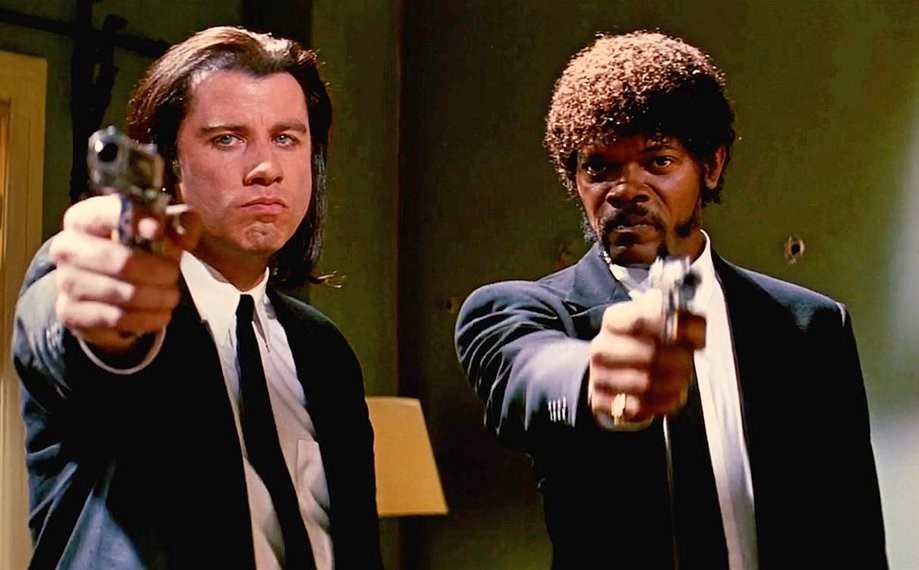
The way out of these tribes is not easy and requires time and energy. If the individual is motivated to get elsewhere, it is possible to give him some basic work and show the possibilities of a better future. At the same time, it is necessary to break ties with members of the tribe in the “1” stage, otherwise they will withdraw it (typically members of mafias, gangs, etc.). As part of this effort, the journey often leads through various community centers and groups halfway, etc.
2. MY life sucks
Above all, people in stage “2” feel that they are victims of circumstances, the system or anything else. They may think that life can be great, but that is not their case. Why? Because they don’t have the right school, boss, colleagues,… (fill in anything). They often feel underestimated and overlooked (which they often are). This leads to high apathy and frustration, which is very clear and usually ventilated by really strong sarcasm and irony. The members of such a tribe directly radiate ideas such as:
- It doesn’t matter to me anyway.
- I work up to my salary.
- What piece of sh… did the management come up this time?
- Especially no changes and news – it’s just a job for more.
- Well, that sucks… bread is not going to be cheaper because of that.
These tribes consist mainly of people working in lower administrative positions, workers in assembly plants, officials, etc. There are “Dilbert strips” about these tribes. Or remember the IT Crowd series.

Where to go next?
There are several ways to reach and forward a member of such a tribe:
- Motivate her to form one-on-one, paired relationships. That is, to make some friends.
- Some of those friends should be from the “3” stage of the tribes (see below).
- Strengthen self-confidence. Show the meaning of the activity performed and what impact the activity of the person concerned may have (eg that an improvement proposal may also save the person concerned work, etc.).
- Identify and focus on a person’s talents. Things this person is good at and has experience with.
- Devise a short-term project in which this person can succeed quickly.
Overall, it’s about boosting self-confidence, showing that it works, and supporting the first attempts and steps.
3. I’m great – and YOU aren’t!
These tribes are full of stars that are constantly competing with each other. People here are very confident and hungry for success, calmly (or at best) at the expense of others. They often feel that they are doing the best thing, so that without them everything would collapse. The culture of these tribes can be compared to a wild west full of lone gunslingers.
Very often they are corporate managers, senior officials, etc. Chiefs of people in the “2” tribes, who by their behavior strengthen their subordinates feelings of inferiority and futility of any activity. One of the reasons is that the “three”, unlike the higher stages, does not want to allow any of her subordinates to overcome her in anything. Typical representatives of the “3” tribal culture are also businessmen, academics, doctors, scientists, lawyers, programmers, gurus of various fields, etc. There is talk, for example, of Professor XY… and his team (insignificant slackers).

These people are often very hardworking and fierce because they have already had success and are convinced that they know how to achieve it again. Higher KPIs, margins, profits, operations performed, cases won, etc. They work on these indicators from morning to evening, even more than 12 hours a day. The wolves of Wall Street know their stuff.
However, mutual competition prevents them from cooperating effectively. The “me or them” belief is really not an ideal prerequisite for teamwork. Rather, they play various political games and manipulations. They only release certain information and only to someone so that no one sees the whole, only them. They maintain almost exclusively one-on-one relationships. So, when Carl comes to have a problem with Amanda, a person with a “no. three culture” goes to Amanda, talks to her, and then goes back to Carl and talks to him again. This is how he maintains an overview and control. Especially so that nothing happen without his knowledge or consent!
Trap of the third level and how to get out of it
The problem is that maintaining these one-on-one relationships (pairs, dyads) is time and energy consuming. And no one can buy time. So the performance rate on this basis has its limit. Which is also one of the best ways out of this culture. You can:
- To give such a person a task that cannot be done on the basis of pairs.
- Set an interesting goal with a vision that “forces” to cooperate with its interest.
- Alternatively, it also works very well to involve the “three” in the “4” tribe. He or her usually adapts very quickly.
- Explain that the next “level” requires a different approach.
4. WE are great – and THEY are not
Most managers who have spontaneously entered the fourth type of tribal culture speak of a kind of insight, a transition. They drove home, sat on the doorstep, or rode their bikes, and suddenly realized that the hamster race didn’t really make sense. That life is wider, richer. That cooperation could be achieved by more than constant rivalry. And they began to think about how to strengthen cooperation in their teams and organizations.
Typically, people operating in the fourth type of tribal culture form relationships based on triads. In this case, when Carl comes to know that he has a problem with Amanda, a meeting of all three is made, at which the matter is resolved. Or the manager in stage “4” will say that Thomas has very interesting ideas and that it would be interesting to put him together with Adam, who is a great computer graphic designer. And so they form more and more triads and multiple bonds.
Tribal leadership level four is a TEAM
Tribal leadership is starting to get its name here. The leaders of the “four” tribes base their activities on vision, values and culture. Extremely strong elements of leadership and motivation. And their teams are also “going”. Examples can be, for example, companies such as Google, Apple, etc. in their early years.

There is still very strong competition in these tribes, however, no longer between individuals, but on a team basis (us vs. them – Microsoft vs. Apple, etc.). This is despite the fact that these are often strong and confident personalities.
Today, it is rather an exception for the giant corporation to be at the “4” level, although some are striving for it (Zappos). In many, however, there are “four” tribes alongside “three” and “two”. Tribes “4” are often associated with the development of new products, software, etc. (and here it starts to be really interesting 😉). According to Logan, about 22% of people operate on stage “4”.
At this stage, it is not so much a question of how to get people on next stage, but rather how to keep them here. And it is, surprisingly, the already mentioned culture, values, meaning of action (vision).
5. Life is great!
According to Tribal Leadership, this phase is unstable and temporary. Simply put, it can include a team of four or an entire tribe working on a truly unique project. It can also be a very large network of cooperating tribes. A great example is the experience of the people working on the Apollo program, who literally “dissolved” in it. Dave Logan also mentions one hospital, where the question “Who is your biggest competitor?” is not the names of the surrounding hospitals, but cancer.

After completing the project, the groups “fall” back to level “4”.
Tribal leadership is quite simple
The most important of the concept of tribal leadership can be summarized in a relatively simple table:
| Phase | Characters / Signs |
What to do with it? |
|
1 – Life sucks!
|
|
|
|
2 – MY life sucks!
|
|
|
|
3 – I’m great – and YOU aren’t!
|
|
|
|
4 – WE are great – AND they aren’t!
|
|
|
|
5 – Life is great!
|
|
|
But it’s not that simple…
Beware of hasty boxing. On the one hand, of course, there are different intermediate stages, and on the other hand, what applies in one tribe may not apply in another. And every person today is usually a member of more tribes (in Logan’s sense). So someone can be a pure “two” in their work, but as soon as the end of working hours falls, they go to the fire brigade, where there is something between “4” and “5”. Suddenly, interest, passion, motivation can be seen.
Everyone wants to realize themselves somewhere. And it’s up to the management’s dexterity to make it happen in the workforce. That is why Tribal Leadership advises on how to work with people at different stages and how to move them from one level to another.
And it’s good to be aware of one more aspect. Individual stages cannot be skipped. Each phase has its AHA moments of awareness. It is therefore not possible to jump from level “2” immediately to “4” without the person concerned going through phase “3”, in which she realizes and tries to be good and successful in something.
Tribal leadership and change (agile and other transformations, projects,…)
If we focus on the practical impact for the implementation of projects, changes, transformations and similar actions, it is necessary to be able to map the environment and realize the possibilities. Real possibilities.
Working with “2” tribes
For example, when we imagine that we are trying to implement an agile way of working in a team that belongs to a tribe at level “2”. Suppose we want to introduce SCRUM and invite people to a workshop where we want to talk to them about it. And we start talking about a self-organized team without a manager, value orientation, “evolutionary purpose”, etc.
Participants in such a meeting will stare at you like an alien and wonder which planet you fell from. Many will not understand what you are talking about. In addition, ideas like:
- For God’s sake, someone from management was on some rude training again.
- That absolutely can’t work for us.
- This is beyond my job responsibilities.
- What did the man whip? What’s he up to?
- What value? What higher sense? I won’t buy rolls for that!
- Are we some hippies?
- Just tell me what to do and I will do it… up to my salary.
- And who will manage it? Nonsense.
- Another meeting that keeps me from work.
- Our bosses would have to change that first.
- ??? …
- Blah, blah, blah,… boredom.
- Will it be over?
Obviously, in such an environment, something like agile and Scrum has no chance of working. It’s a beautiful start to a dark SCRUM, where processes and events are “done”, but no one understands why and everyone considers it a meaningless “monkey house”. Even classic project management is very difficult in such an environment.
What with this in tribal leadership?
If we need to implement a change or a project in this environment, and there is no room to cultivate the environment in any way, there is de facto the only chance to task directly and very specifically. Command and control. Unfortunately. If you have motivation, you can try to move at least some towards “3”, but as a PM you usually have more limited space in such an environment.
If it is a longer-term project and if you have some room for maneuver, you can also take your project team (change team,…) as a tribe and try to get it as far as possible. Delegate more than just small tasks, identify and strengthen the talents of individual people, gradually create triplets, etc.
Working with “3” tribes
If we imagine a situation with an attempt to introduce agile in an environment where a “triple” culture predominates, slightly different things will happen. Still, you will probably remain misunderstood.
“No. three” team members, for example, understand a self-organized team so that others will do it according to them. And because most of the team thinks so, various quarrels and conflicts will start very quickly, in which it will be a matter of victory and humiliation of the opponent. Not about solving the problem.
A retrospective, for example, will remain completely misunderstood. In the “3” team, during the retro, people agree on what is wrong and that it is not about them (but about the customer, the environment in the company, the Product Owner, etc.). And because they repeatedly escalate it and nothing much happens, they stop seeing any meaning in retrospect and suggest canceling it and going to do something.
In fact, at every opportunity, the egos of the team members will clash or you will see an absolute lack of interest in others (I will present my part and I am not interested in others).
Distrust within the team will also hinder cooperation.
Again, this is a completely deadly cocktail for agile, in which you can’t work.
What to do in this case?
For conventionally managed projects, such an environment requires strong diplomacy and policy competencies for the project manager as well as the need for strong process management. Otherwise, he will not be able to control the participating egoes and the project will fall apart under his hands.
If there is room for it, if the project lasts a longer time and we have a relatively stable project team of “threes”, we can try to move them to the fourth level. This time, a higher purpose, a sense that “threes” can take as a challenge, will significantly help. Then triads, values, etc. It will help a lot and speed things up when the team is composed with at least a little “four” mindset.
Working with “4” tribes
If you are looking for agile and you have a “four” culture, you have almost won. People will understand you. Agile is about working in a “four” and a “five” environment. Although there will be various discussions and conflicts, they will not be personal, but with a sincere interest in solving the problem as best they can.
He will see interest, enthusiasm, effort. In retrospect, there will be a discussion about how the team should change and not its surroundings. When someone is more relaxed, they will try to help someone who has a lot. Constructively, with an effort for consensus and interest in the overall result.
It may sound more like a fairy tale, but according to Logan, about 25% of people in the USA operate at this stage. We may have a little less, but we also see a lot of them at our courses or during our consultations in companies.
In such an environment, it is a pleasure to work both conventionally and agile.
If you are lucky enough to have a “4” tribe, respect it and take care of it. Also do tribal retrospectives, find out and maintain team values, communicate a higher meaning of your actions. People fluctuate and change over time, so without regular care and “oil changes”, even a “four” tribe can fall back into the top three. Which is an example of entire companies, which after the change in the highest positions fell at least to a lower level.
Tribal Leadership and TEAL Organizations?
It is astonishing how tribal leadership correlates with the findings of Frederic Laloux and his “categorization” of organizations according to their level of ability to work together (which we wrote about here).
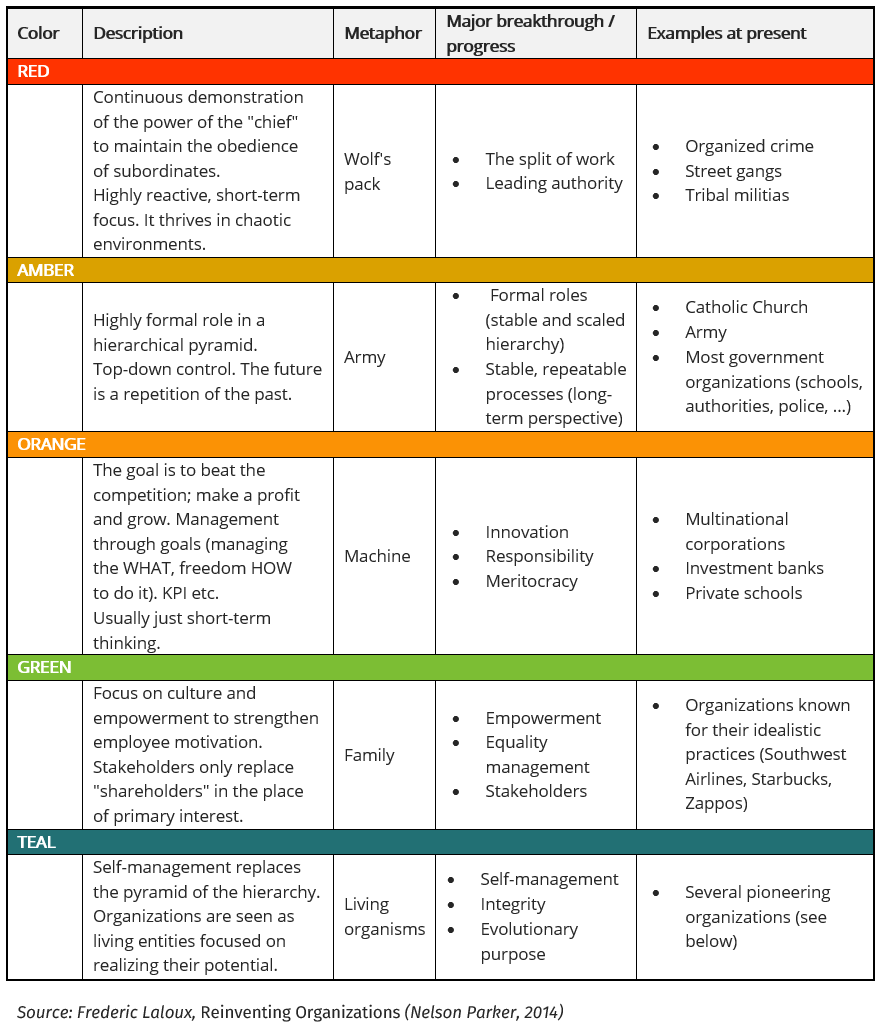
So there will probably be something to it.
If we want committed, confident and successful teams, key factors in both approaches are:
- confidence,
- mutual respect
- (healthy) self-confidence,
- shared and actually held values,
- a common higher goal that makes sense.
After all, Dan Pink also addresses autonomy, mastery and meaning in his Motivation 3.0. The opportunity to do things your way (self-organization), to do what I am good at (talents) and what makes sense.
So let’s pay due attention to these factors. It pays off.
About author

Jan Dolezal
He currently deals with agility in organizations, Management 3.0 and the development of simulation games serving as project management training, including Agile.
He previously held the position of project office manager and managed large international projects (Europe, South America).
He has experience mainly with projects from IT, mechanical engineering or electrical engineering. He has been actively involved in project management since 2001. He is certified by PMI PMP, IPMA B and CSPO – Certified SCRUM Product Owner and CSP-SM – Certified SCRUM Professional – SCRUM Master from SCRUM Alliance. Read more details here.

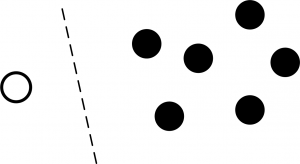
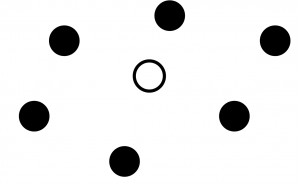
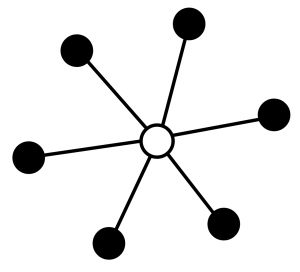
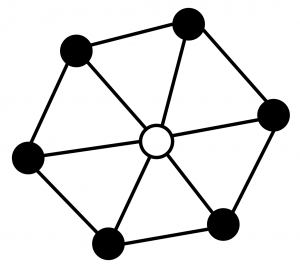
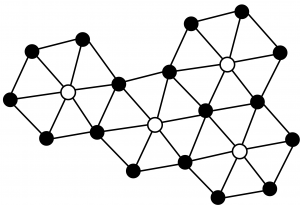
Add your comment